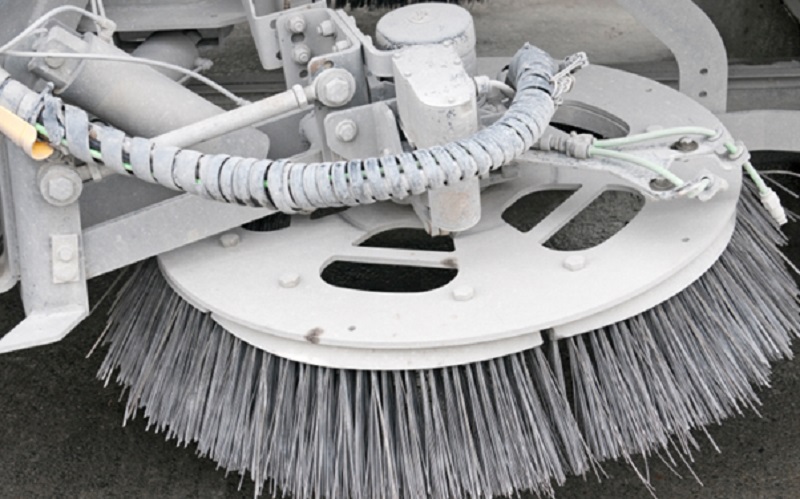Concrete hairline cracks are a common issue in many structures, including residential and commercial buildings. If left untreated, these seemingly minor cracks can lead to more significant structural problems over time. Proper repair techniques are essential for maintaining the integrity and longevity of the concrete. This article explores common mistakes made during concrete hairline crack repair and provides tips on how to avoid them, ensuring effective and durable repairs.
Common Mistakes in Concrete Hairline Crack Repair
1. Ignoring the Root Cause
One of the most common mistakes is failing to address the underlying cause of the cracks. Simply filling the cracks without understanding why they occurred can lead to future problems. Conduct a thorough inspection to identify potential issues such as improper concrete curing, structural overloads, or environmental factors. Addressing these root causes is crucial for preventing new cracks from forming.
2. Using Inappropriate Repair Materials
Selecting the wrong materials for crack repair can compromise the effectiveness and longevity of the repair. For instance, using a standard tile adhesive in Singapore instead of a specialised bonding solution designed for concrete can result in inadequate adhesion and durability. Choose materials that are specifically formulated for concrete repair, such as PU sealant or epoxy resin, which offer superior bonding and flexibility.
3. Inadequate Surface Preparation
Proper surface preparation is essential for ensuring the success of any concrete repair. Failing to clean the crack thoroughly can lead to poor adhesion and ineffective repairs. Remove loose debris, dirt, and contaminants from the crack using a wire brush or pressure washer. For more stubborn residues, a mild acid wash may be necessary. Ensuring the surface is dry and clean before applying repair materials is critical for achieving a strong bond.
Effective Steps for Concrete Hairline Crack Repair
1. Identify and Assess the Cracks
Begin by inspecting the concrete surface to identify and assess the extent of the hairline cracks. Measure the width and length of the cracks and note any patterns or clusters that may indicate underlying structural issues. This assessment will help determine the appropriate repair method and materials needed.
2. Select the Right Repair Products
Choose high-quality repair products designed specifically for concrete hairline crack repair. PU sealant is an excellent choice for its flexibility and durability, allowing it to accommodate slight movements in the concrete without cracking. Alternatively, epoxy resin can provide a strong, long-lasting bond. Avoid using general-purpose adhesives or tile grout, as these materials may not offer the necessary properties for effective concrete repair.
3. Prepare the Crack for Repair
Thoroughly clean the crack to remove loose particles, dirt, or debris. Use a wire brush, vacuum, or pressure washer to ensure the crack is free of contaminants. If necessary, use a mild acid solution to remove stubborn residues, followed by rinsing with clean water. Allow the crack to dry completely before proceeding with the repair.
4. Apply the Repair Material
Follow the manufacturer’s instructions for mixing and applying the chosen repair material. For PU sealant or epoxy resin, use a caulking gun to inject the material into the crack, ensuring it penetrates deeply. Smooth the surface with a putty knife or trowel to create a seamless finish. Be sure to work quickly, as some materials may have a short working time before they begin to set.
5. Allow for Proper Curing
Allow the repair material to cure according to the manufacturer’s recommendations. This step is crucial for ensuring the repair achieves its full strength and durability. Avoid exposing the repaired area to excessive moisture, temperature fluctuations, or heavy loads during the curing period.
Conclusion
Repairing concrete hairline cracks effectively requires a thorough understanding of the causes of the cracks and the use of appropriate materials and techniques. By avoiding common mistakes such as ignoring the root cause, using inappropriate materials, and neglecting proper surface preparation, you can ensure durable and long-lasting repairs. Whether you are addressing cracks in a residential driveway or an industrial floor, following these guidelines will help maintain the structural integrity and aesthetic appeal of your concrete surfaces. For more complex repairs, such as concrete spalling repair or larger structural issues, consider consulting a professional to ensure the best results.
Contact Sika Singapore today to know more.











